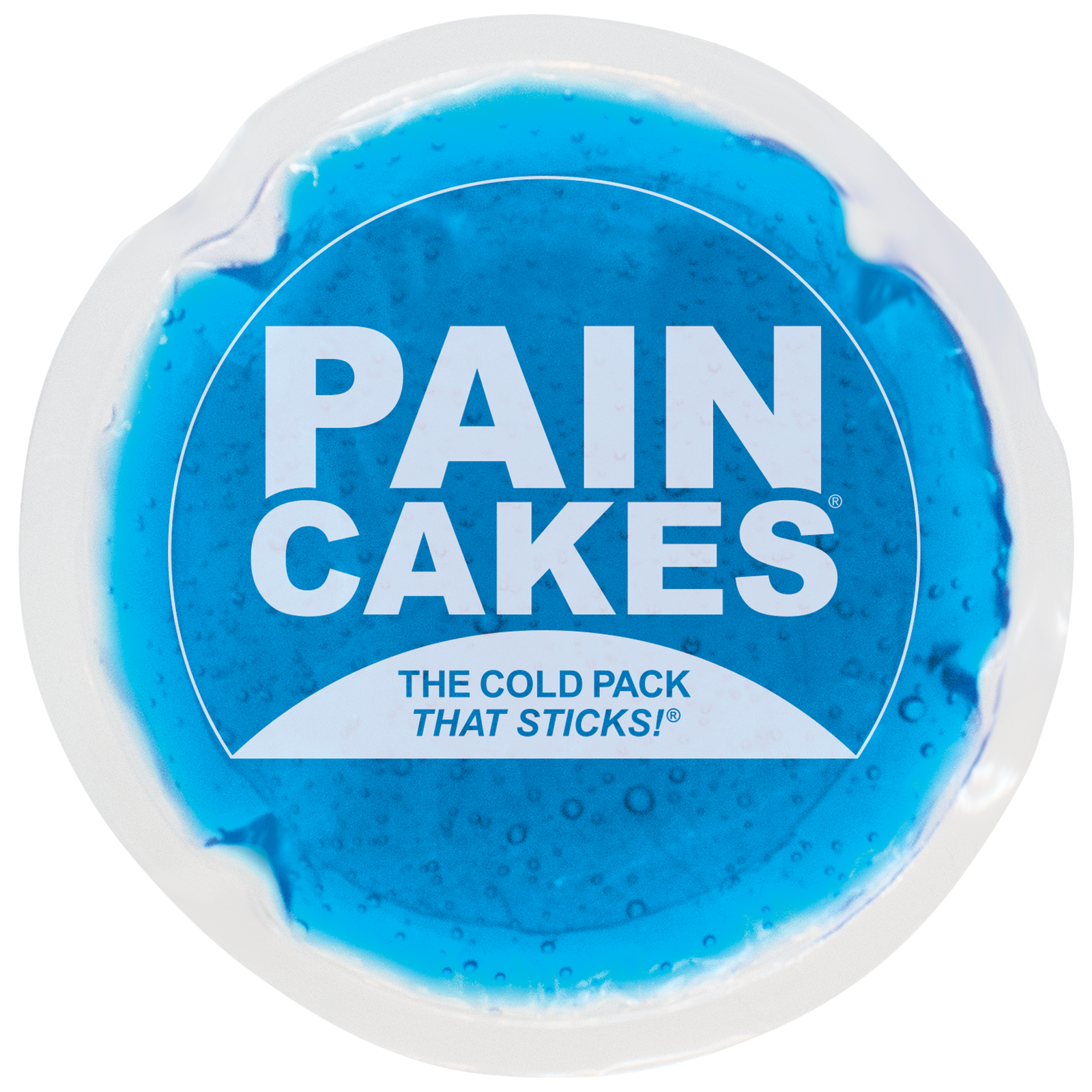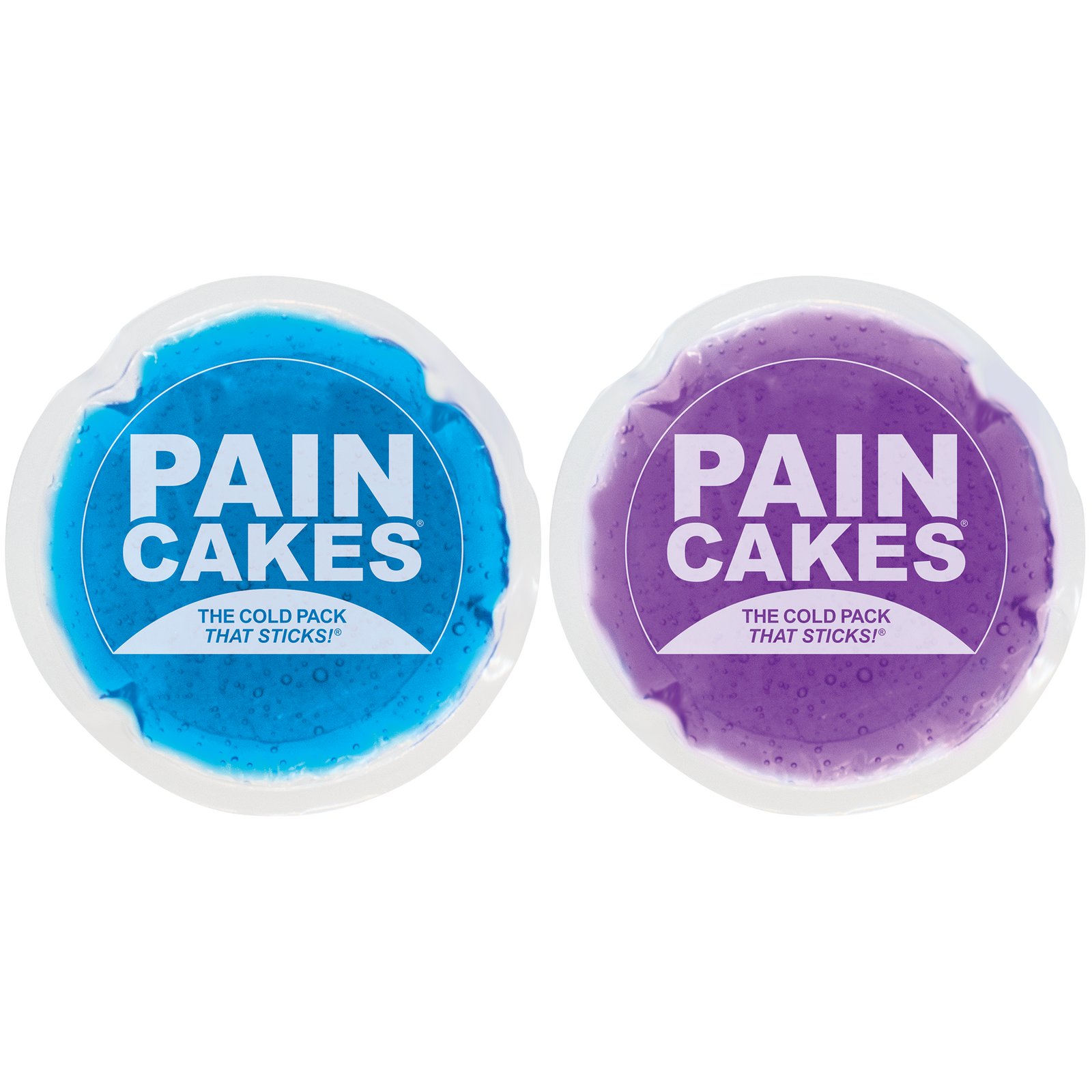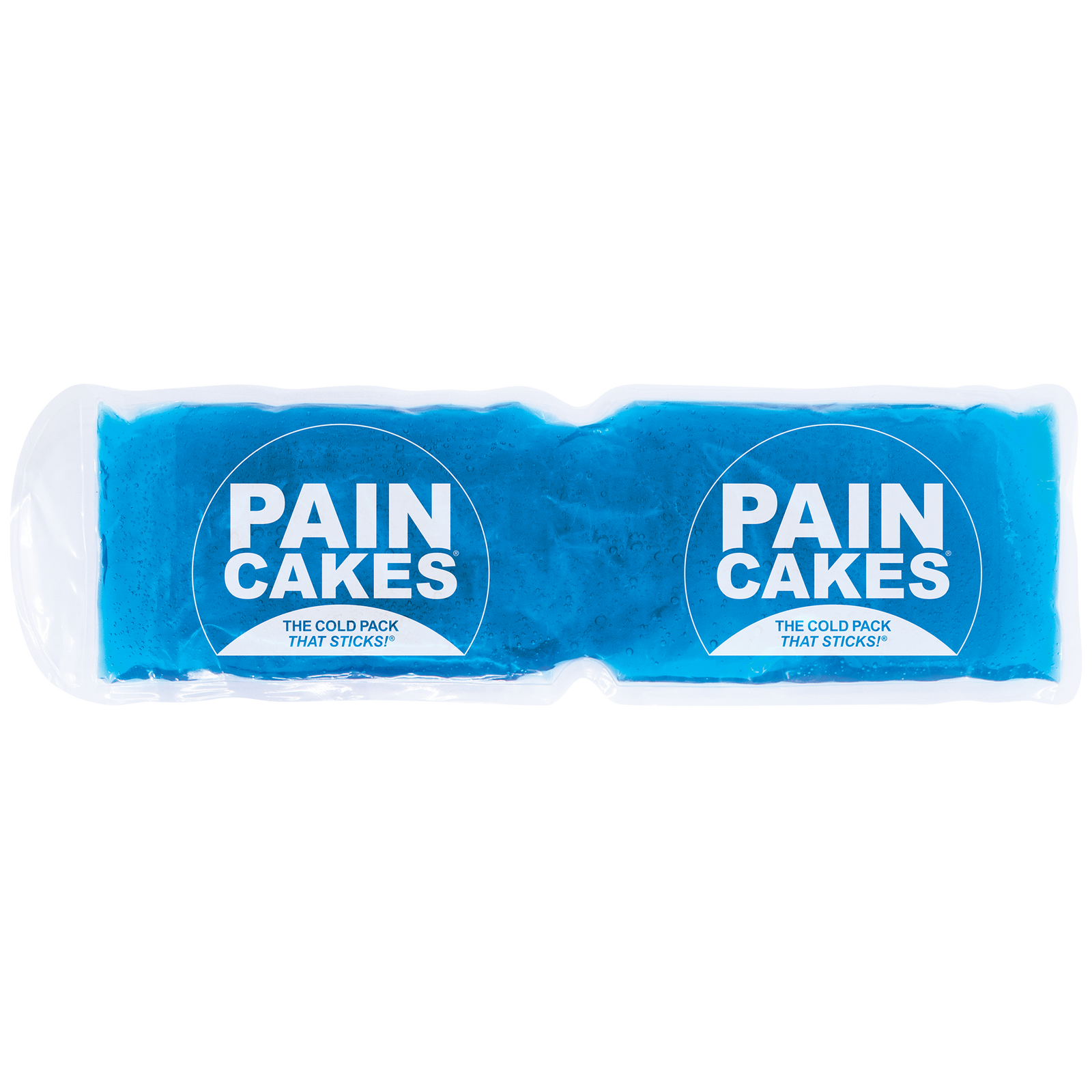Your Cart is Empty
Free Shipping on orders $100+
Free Shipping on orders $100+
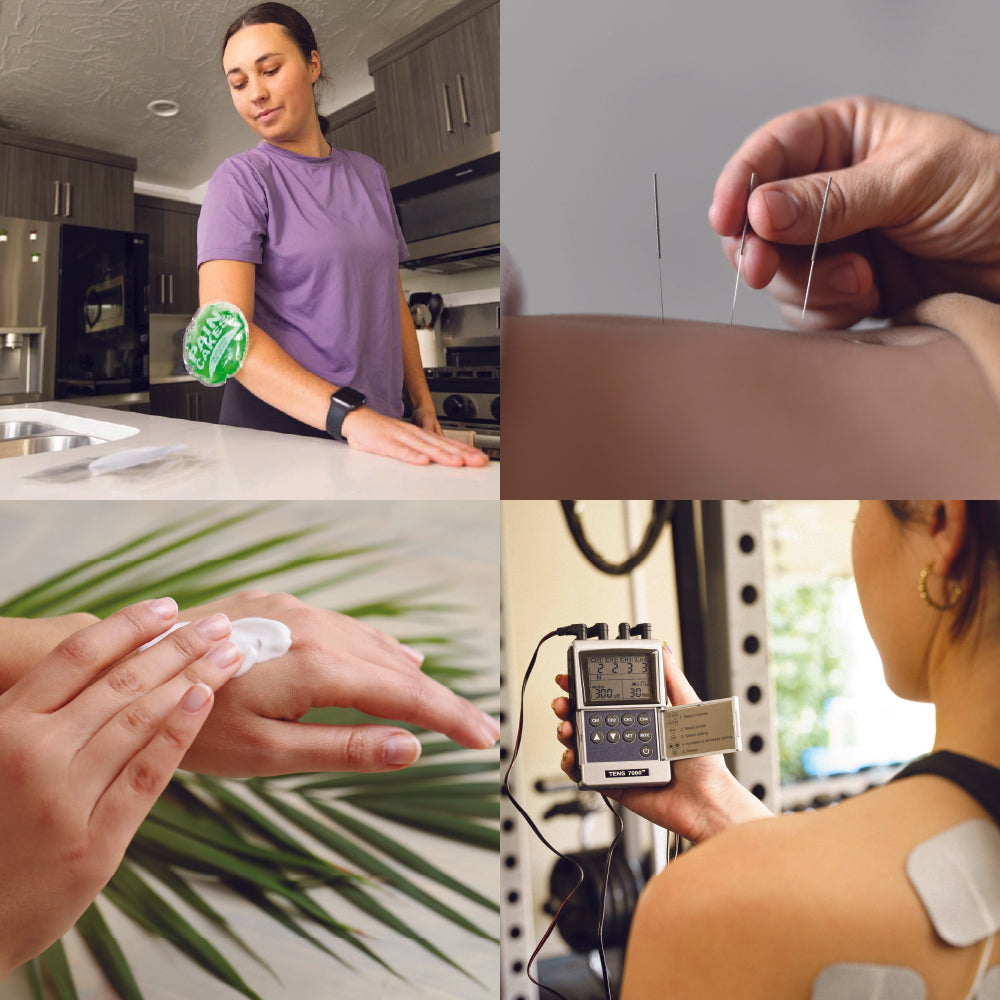
10 Holistic Remedies for Pain Relief: A Comprehensive Guide
April 11, 2024 7 min read
The CDC reports that 20.9% of US adults experience chronic pain. That translates to an estimated 51.6 million people experiencing pain that lasts longer than three months. What's more, 6.9% of US adults experience high-impact chronic pain that restricts daily activities.
Chronic pain can be incredibly debilitating and lead to mental health disorders such as anxiety and depression.
While traditional pain relief methods such as opioids are effective, they can be harmful and are often highly addictive. Consider these findings:
- In 2021, opioids were involved in 75.4% (80,411) of overdose deaths.
- The American Medical Association reports that 3-19% of people who take prescription pain medications develop an addiction to them.
- The CDC reports that prescription opioids have numerous side effects, including increased tolerance (requiring higher doses), physical dependence that results in withdrawal, increased pain sensitivity, constipation, nausea, sleepiness and dizziness, confusion, depression, decreased testosterone, itching, and sweating.
The dangers that prescription pain relievers lead to an increasing desire for safer and equally effective natural pain relief options. This article will cover the main options that offer a safe, effective, and holistic approach to pain relief.

Topical Remedies
Topical remedies consist of medications that are applied directly to the skin. They come in various forms, including creams, lotions, gels, ointments, patches, sprays, and drops.
Benefits of topical remedies include:
- Targeted delivery: These are applied by placing the medication over the area of pain, providing direct pain relief
- Safety: Compared to oral ingestion, topical remedies are safer as you don't have to worry about how your digestive system may react.
- Convenience: Application is often quick and provides immediate relief.
Counterirritants
These products contain ingredients such as menthol, methyl salicylate (oil of evergreen), and camphor. They create a burning or cooling sensation that distracts the mind from the pain. Examples of counterirritants include Sub Zero pain relief gel.
Capsaicin
This is the ingredient that makes chili peppers hot. When applied topically, it can help to reduce pain by depleting the substance P, a neuropeptide that transmits pain signals to the brain. Capsaicin cream is available over the counter but can cause burning and irritation when first applied.
Essential Oils
Essential oils are concentrated liquids containing volatile aromatic compounds extracted from plants. These can help relieve pain, as many plants have pain-relieving properties. They are typically diluted and applied topically or via a diffuser.
Below are a few types of essential oils commonly used to relieve pain:
- Lavender: Lavender is known for its relaxing properties and can be helpful for tension headaches or muscle aches. A 2021 study found lavender relieves pain and anxiety in children undergoing spine procedures. While the results were minor compared to other methods, the lavender oil group reported the lowest mean pain level.
- Peppermint: Relieves pain by reducing inflammation and muscle tension. A study published in the BMJ Supportive & Palliative Care journal found that the aromatherapy group had an average pain severity score of 3.22 after two days, while the comparison group had an average score of 4.56. The study also found that peppermint oil can improve sleep quality on the first nights after surgery.
- Clary Sage Oil: Commonly used to relieve menstrual cramps. It can help with headaches and muscle pain. A 2021 study involving high school girls found a mix of clary sage, marjoram, cinnamon, ginger, and geranium oil in a base of almond oil to relieve pain more efficiently than acetaminophen.
- Frankincense oil: Has anti-inflammatory and analgesic properties. It can help with pain from arthritis, muscle pain, and headaches. In an eight-week study, patients were given frankincense extract once per day, and they reported less joint swelling and pain than the placebo group.
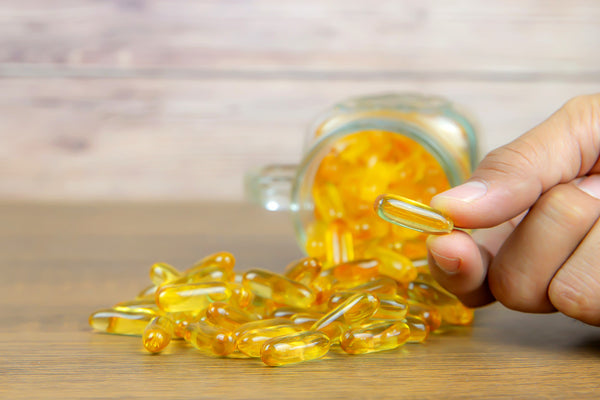
Dietary Supplements
Dietary supplements are taken orally and are often taken to counteract any deficiencies one might have. Below are a few dietary supplements proven to help relieve pain.
- Omega-3 Fatty Acids: These "good fats" have anti-inflammatory properties, which may help with joint pain, stiffness, back pain, and pain from menstrual cramps. A small study found that omega-3 fatty acids helped decrease joint swelling and tenderness in patients with rheumatoid arthritis.
- Curcumin: Has anti-inflammatory and pain-relieving properties. A review of studies found that curcumin may effectively manage pain from osteoarthritis and other conditions. However, curcumin has low bioavailability, meaning the body struggles to absorb it. Look for curcumin supplements combined with black pepper, which can aid absorption.
- Ginger: Ginger can potentially help with pain due to its anti-inflammatory properties. Gingerol, the main active compound in ginger, is believed to work by inhibiting the production of inflammatory molecules like prostaglandins, which contribute to pain perception. A 2010 study found ginger effectively relieves muscle pain from exercise-induced injury. Participants who ingested two grams of raw or heated ginger experienced reduced pain and inflammation.
- Feverfew: Feverfew is believed to help with pain through its anti-inflammatory and migraine-preventive properties. It is thought to contain compounds that decrease the production of inflammatory molecules like prostaglandins, which contribute to pain perception. A 1985 study found that feverfew was more effective than a placebo in reducing the frequency of migraine headaches.
- Turmeric: Turmeric's pain-relieving properties are attributed to its main curcumin content, a powerful anti-inflammatory compound. Curcumin helps by inhibiting the production of inflammatory molecules like prostaglandins and is believed to interact with pain pathways to reduce pain perception. A 2014 study found that a standardized curcumin extract was as effective as a placebo in reducing pain in people with knee osteoarthritis.

Mind-Body Techniques
- Yoga: The various stretches and exercises conducted in yoga help relieve pain in a few ways. They improve flexibility and mobility, decrease the body's stress response, and strengthen muscles to better support joints. A 2019 meta-analysis found that yoga was effective in reducing neck pain intensity, improving pain-related disability, increasing cervical range of motion, and improving quality of life in participants with neck pain.
- Meditation: This practice can be helpful for pain relief by influencing how the brain perceives and reacts to pain signals. A 2016 review found that mindfulness meditation led to moderate improvements in pain intensity and pain interference with daily activities compared to control groups.
- Physical Therapy: This method uses a multi-pronged approach to address pain relief, targeting the underlying causes of pain and improving functionality. Physical therapists work with patients to find any movement dysfunction causing pain, strengthen muscles to improve stability and support joints, and incorporate other pain relief methods for best results.
- Exercise: Regular exercise helps with pain in a few ways. It reduces inflammation, improves strength and flexibility, increases pain tolerance, and releases endorphins, the body's natural painkillers.
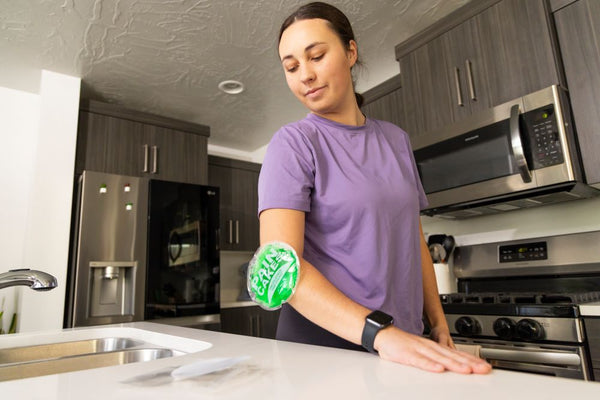
Hot & Cold Therapy
Hot and cold therapy is one of the most common natural remedies for chronic pain. It involves the rotation of applying hot temperatures and cold temperatures to an injured area. Both have different effects on the body:
- Hot Therapy: Increases blood flow to the area to promote healing, reduces muscle spasms, relaxes muscles, reduces stiffness, and blocks pain signals to the brain.
- Cold Therapy: Reduces inflammation and swelling and numbs the area to reduce pain perception.
Hot and cold therapy can be used alone or together for pain relief, depending on the specific condition and the stage of healing.
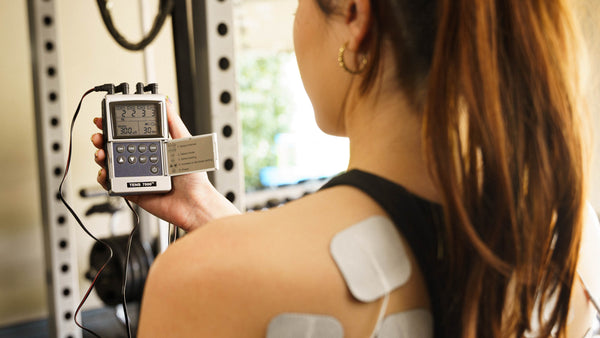
TENS Therapy
TENS (Transcutaneous Electrical Nerve Stimulation) is a non-invasive therapy that uses low-voltage electrical currents to relieve pain. A small device called a TENS unit delivers electrical pulses through electrodes placed over the pain area. This is thought to relieve pain in three ways:
- Pain Gate Theory: The electrical stimulation may block pain signals from reaching the brain.
- Endorphin Release: The electrical pulses might stimulate the body to produce endorphins, which are natural painkillers.
- Improved Blood Circulation: TENS may increase blood flow to the area, aiding in healing and reducing pain.
TENS therapy is used frequently by medical professionals on patients. However, it's important to note that these devices only block pain perception and do not have any healing properties.
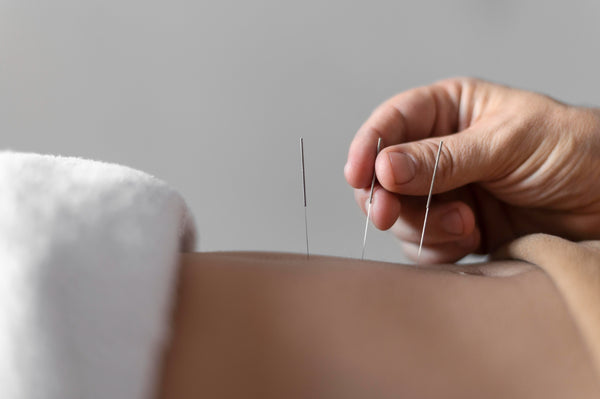
Acupuncture
Acupuncture is a traditional Chinese medicine (TCM) technique involving inserting thin needles into specific points on the body. A meta-analysis found this method effective in treating chronic pain, with its relief persisting over time. This method is thought to relieve pain in three ways:
- Pain Gate Theory: Electrical stimulation from needles may block pain signals from reaching the brain.
- Endorphin Release: Acupuncture might stimulate the body to produce endorphins, natural pain relievers.
- Modulation of Nervous System Activity: Acupuncture may influence brain and spinal cord pain pathways.
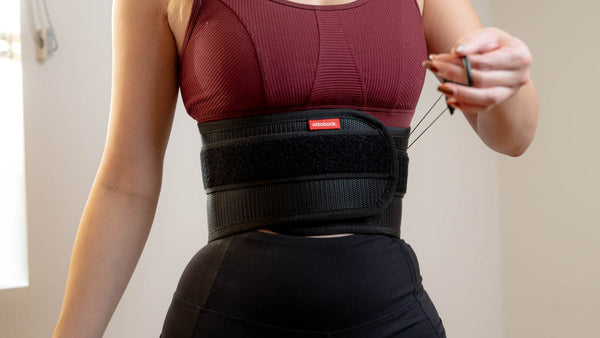
Orthopedic Braces and Support
Orthopedic braces and support are worn to provide stability, support, and pain relief to muscles, joints, and bones. They're frequently used to recover from injuries, manage chronic conditions, and prevent injury during activities.
These devices relieve pain by:
- Immobilization: Restricting movement in an injured joint to promote healing (e.g., post-surgical knee braces).
- Compression: Applying gentle or moderate pressure to improve circulation, reduce swelling, and provide proprioceptive feedback (e.g., ankle sleeves).
- Alignment: Correcting joint misalignment and improving posture to reduce pain and stress (e.g., wrist braces for carpal tunnel syndrome).
- Support: Offloading weight from a joint or weak area allows continued movement with less pain (e.g., knee braces for osteoarthritis).
Numerous studies have found these devices effective in relieving pain and promoting healing:
- A study published in the Journal of Strength and Conditioning Research found that knee braces with patellar support effectively reduced pain and improved function in patients with knee osteoarthritis.
- A systematic review in the journal Foot & Ankle International found that functional ankle braces can effectively reduce pain swelling, and improve function after acute ankle sprains compared to no intervention or traditional lace-up ankle supports.
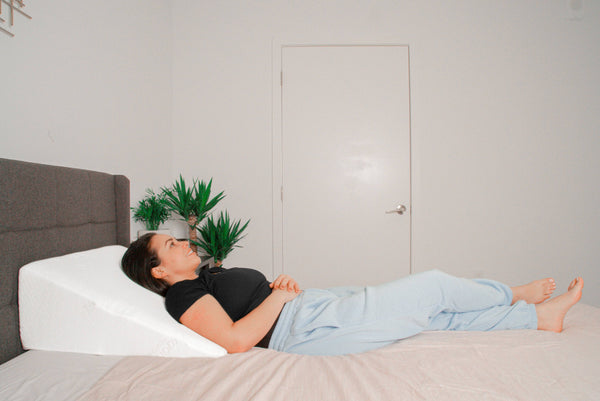
Pillows and Cushions
Spinal alignment and support are vital for proper sleep posture and effective pain relief. Poor sleep posture can not only hinder sleep quality but also significantly cause pain and poor injury recovery. Specialized pillows and cushions offer support and proper spinal alignment.
Many types of pillows and cushions include neck, cervical, wedge, lumbar, and knee. Each pillow is designed to support one specific body part.
Pillows can relieve pain in a few ways:
- They promote healthy spinal alignment during sleep and sitting.
- They reduce pressure points that can cause pain in the neck, back, and other areas.
- They improve circulation and blood flow.
- And they enhance muscle relaxation and comfort.
Studies have found pillows to relieve pain and enhance recovery:
- A Johns Hopkins University study found that water-based pillows reduce morning pain and improve sleep quality. They also found the pillow to have a lower sickness impact score.
- A meta-analysis of 35 articles found that rubber pillows can reduce neck pain, waking symptoms, and disability.
- Other studies have found that pillows with good shape, comfort, and support for neck lordosis can reduce neck pain and headache and provide better sleep quality.
Conclusion
When it comes to recovery, natural holistic pain relief can be a safer route that typically doesn't create the harmful side effects of other methods, such as opioids. However, it's vital to consult a doctor before trying these methods.
Have you tried any of the methods mentioned? Leave a comment and let us know.
Leave a comment
Comments will be approved before showing up.
